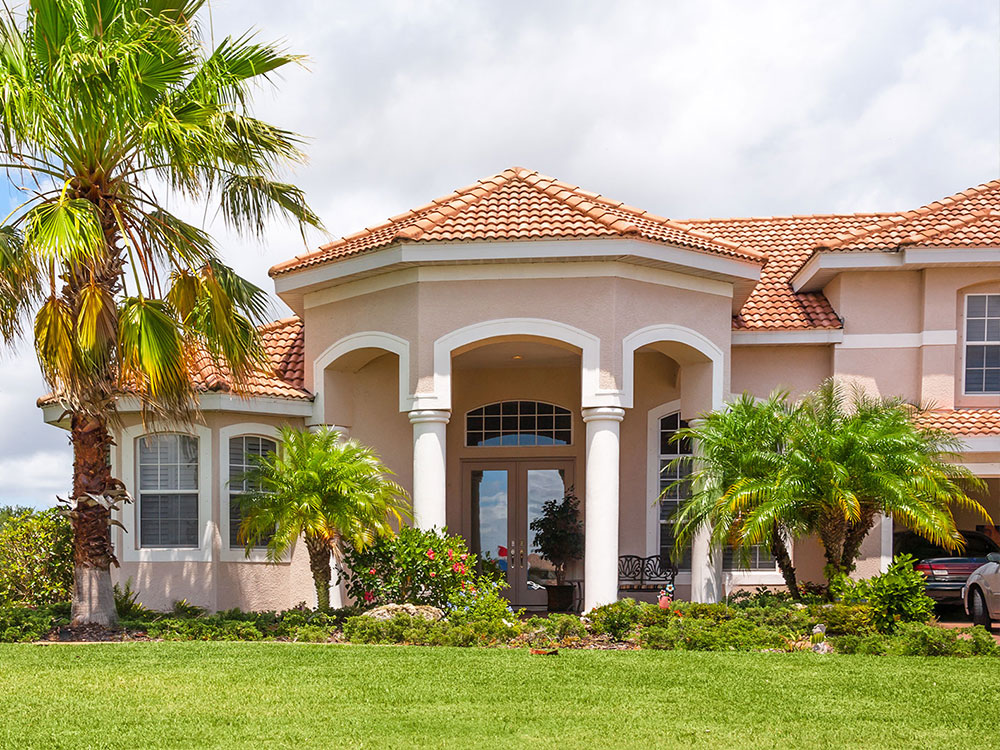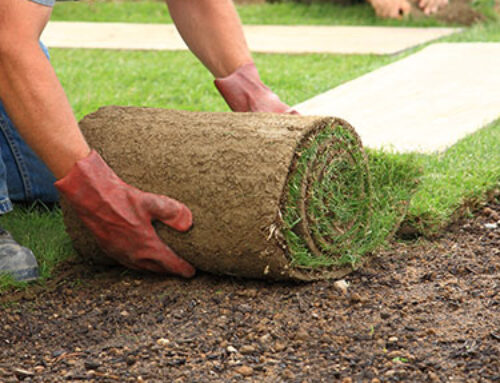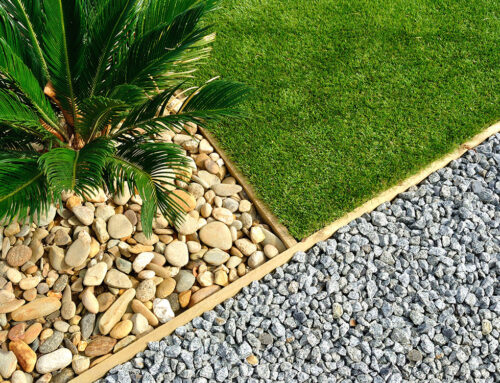Things that you can do to reduce damage to your lawn from excess traffic.
Lawn Fertilization
Fertilization regime can strongly influence the ability of the grass to withstand injury as well as its ability to grow out of it. While nitrogen fertilizer is an important component in encouraging recovery, applying nitrogen in excess reduces wear tolerance. This occurs because the nitrogen causes grass to grow rapidly, resulting in lush, succulent tissue that is less able to withstand the injury. Proper nitrogen fertilization, however, improves wear tolerance in two ways. First, it promotes greater shoot density (number of shoots per unit area) of the grass, thereby providing more shoot tissue to absorb the injury. Second, it allows for faster regrowth following the injury and promotes new lateral growth to help the grass cover any bare ground resulting from the injury.
Lawn Mowing
Proper mowing practices influence grass wear tolerance. Higher mowing heights improve tolerance by leaving more shoot tissue available to absorb the injury. It also results in deeper rooting than closely mowed turf. Deeper rooting provides greater stress resistance. Scalping, or low mowing, of stressed turf results in greater damage, slower recovery, and possible turf death.
Lawn Irrigation
Research has shown that properly irrigated turfgrass (not over – or under watered) allows the leaves to better absorb the impact of the injury. Additionally, deep rooting is encouraged by infrequent, longer irrigations applied only when the turf shows signs of wilt. Daily or frequent watering results in roots that remain in the top few inches of soil and a grass plant with less capacity to withstand any environmental or biotic stress. It is important, however, to apply adequate irrigation to wear-stressed turf. As mentioned above, this allows the turf to better absorb the injury and results in less damage than would occur on dry turf.
Lawn Aeration
If soil compaction is the primary problem, it can be alleviated by aeration of the soil, which helps loosen the soil and allows oxygen to reach the roots. Aeration can be as simple as using a small foot-press aerator in small areas, or as complex as a job requiring commercial equipment to drill holes in the soil. This procedure should be followed by topdressing, which is the application of light amounts of soil over the top of the turfgrass. Over time, topdressing may minimize compaction, reduce thatch, and improve the drainage or water retention of the site.
If vehicular or foot traffic is unavoidable, then pavement, bricks, or stone provide a better ground cover than grass in the affected areas. Avoiding repeated traffic paths also alleviates injury and allows the grass time to recover.
Help protect your residential or commercial lawn and landscape with lawn maintenance services in St Johns County, Julington Creek Plantation, Durbin Creek, Nocatee. and surrounding communities. Call or contact us today.
The preceding information provided for informational purposes. Experts courtesy of: UF/IFAS. “Minimizing Traffic Damage to Your Florida Lawn “; L. E. Trenholm and J. B. Unruh; ; Photo Courtesy: Flickr.com; Matt McGee




